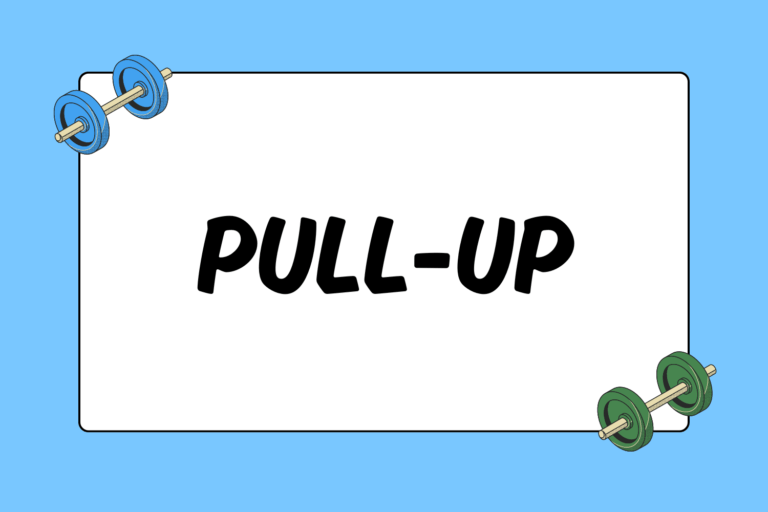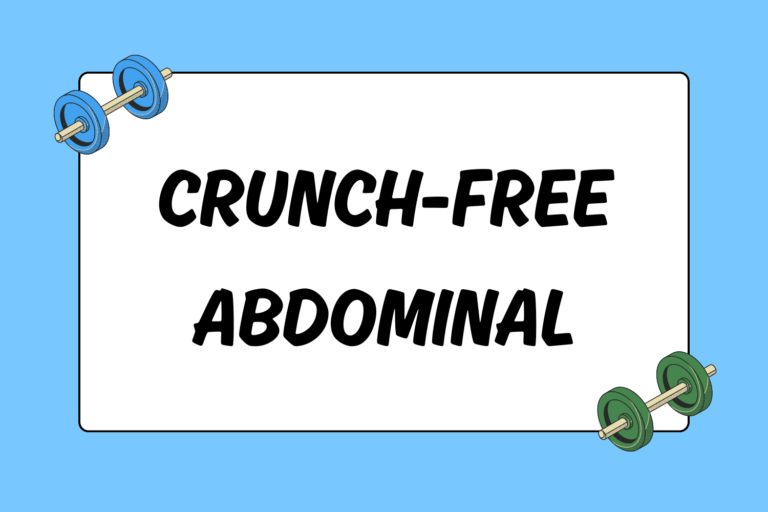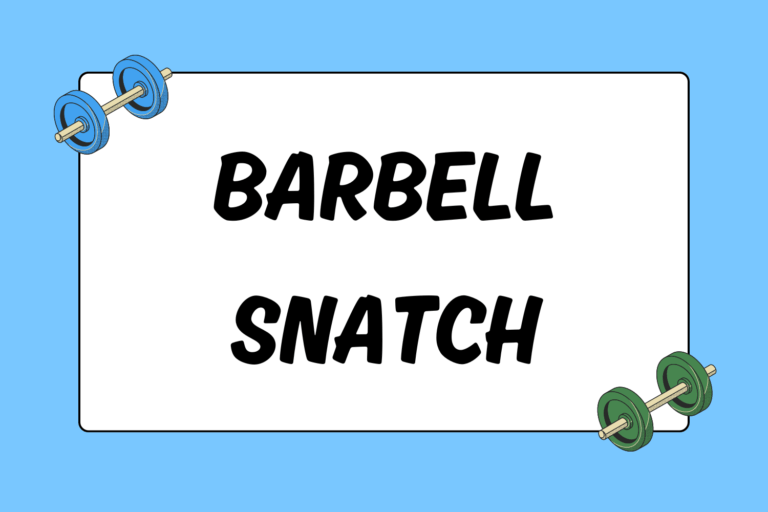Once considered a physical therapy aid or an exercise tool for the elderly, resistance bands have finally been accepted for the important workout tools they are. Since varying your workout is the key to avoiding a plateau, incorporating resistance bands can be extremely beneficial.
Why They Work
Resistance bands allow you to use fluid movements and achieve a good range of motion throughout each exercise. Differing from free weights, resistance bands keep the tension through the concentric and eccentric phases of exercise — the phases where the muscles shorten and lengthen. You can also make slight angle adjustments to work your muscles in different ways, which weight machines cannot do.
Resistance Band Tension
When using a resistance band, it’s important to note that your starting position should always have minimal tension. In order to keep constant resistance throughout the movement, you don’t want the band hanging loose at any point during the exercise. During any of the following exercises, you can roll the band around your hands once or twice to tighten up the slack.
Resistance bands come in different weights, offering varying levels of tension for different exercises. Bands that are heavier in weight create more resistance. An affordable piece of equipment, these bands will only run you anywhere from $8 to $15.
The Upper Body Workout
The following resistance exercises focus on working the muscles in the upper body, including the biceps, chest, triceps, and shoulders. Another added benefit of using resistance band is that they create instability during each exercise, which will force you to engage your core muscles in order to stabilize yourself.
Push-ups with the Band
Working the pectoral muscles through the chest, this twist on the traditional push-up adds tension to increase the intensity.
- Kneeling on the floor, bring the band across your back and hold an end in each hand.
- Place your hands on the floor about shoulder-distance apart, securing the bands underneath your palms. Tuck your toes under and lift your knees off the floor to put yourself in a push-up position. From your shoulders to your heels, your body should form a straight line.
- Slowly bend your elbows and bring your chest down toward the floor, trying to maintain that straight line throughout your body.
- Pause for a moment in the lowest position you can maintain, and then lift back up to your starting position.
- Repeat for 10 push-ups, rest for one minute, and then do 10 more.
Hot Tip: Ease Up with a Variation
Not everyone can do regular push-ups, especially with the added difficulty of using a resistance band. If you’re not able to do regular push-ups ( yet ), you can keep your knees on the floor throughout this exercise. This will allow you to still benefit from the workout, but at a level more suitable for you.
Bows & Arrows
Mimicking a bow and arrow motion, this exercise targets the back and shoulders.
- In a staggered stance with your right foot forward, extend your arms forward and wrap the band around both hands until they are slightly wider than shoulder-distance apart.
- Extend your right arm forward at shoulder-height with your palm facing out. Bend the left elbow, and bring it out to the side of your body at shoulder-height.
- As if you were pulling back an arrow on your own bow, draw your left arm back, squeezing through the shoulder blade. Then, slowly bring it back to its starting position.
- Complete three sets of eight repetitions, resting in between sets, and then switch arms.
Triceps Kickbacks
Targeting the triceps, located in the back of the arm, this exercise also works your core as you maintain your position through the movement.
- Kneeling on the floor, grab the band with both hands, and place them shoulder-width apart. You can wrap the ends of the band around your hands if it is more comfortable.
- Lean forward and place you left hand on the floor, securing the band under your palm.
- Bend your right elbow and lift it up until it is at shoulder-height. Keep your right palm facing in toward your body and slowly extend the arm straight back, pausing when your wrist reaches shoulder-height.
- Then slowly return to your starting position by bending your elbow once more.
- Complete two to three sets of eight repetitions of this exercise, switching sides between each set.
Seated Rows
Your rear deltoids and back get a great workout with this exercise.
- Sitting on your mat with your legs extended straight out in front of you, wrap the band around your feet and hold one end in each hand. Each elbow should be bent to your side and your forearms should be parallel to the floor.
- Sit up straight with your abdominals in tight. With your palms facing your body, slowly pull your elbows back. Your elbows should stay tucked in, close to your body throughout the exercise.
- When your elbows have gone as far back as they can, pause for a moment, and then slowly return to your stating position.
- Repeat for one set of 8-10 repetitions, rest for one minute, and then complete two more sets.
Overhead Pull-downs
This exercise works the shoulders and lats through the pull-down motion.
- Stand with your feet hip-distance apart, centered on the band with your knees slightly bent. Hold one end of the band in each hand and raise both arms overhead, shoulder-width apart.
- Slowly pull your arms down and as you do so, bend your elbows and bring them out to the side.
- When your elbows are slightly lower than your shoulders, pause for a moment, and then slowly lift back to your starting position.
- Perform three sets of eight repetitions.
Bicep Curls
This exercise targets the biceps. You can also increase intensity or work different parts of the biceps with a few variations:
- Standing with one foot in the center of the band and the other leg staggered behind it, grab an end of the band with each hand. Leave your arms extended down at your sides, but keep your elbows tucked to your waist.
- With your palms facing forward, slowly lift your hands up to your shoulders, contracting the bicep muscle.
- Slowly lower the band to your starting position to complete one repetition.
- Complete three sets of eight repetitions, taking one minute to rest between sets.
Hot Tip: Spice up Your Workout!
Curls are pretty standard, so if you find yourself whizzing through them, try a variation:
- To increase intensity, step on the band with both feet and go through the same movements. With both feet on the band, you will increase the tension throughout the exercise.
- You can also angle your arms out to the side when performing the curl, while still keeping your elbows tight to your waist. This small change will allow you to work different areas within the bicep muscle.
More Benefits of Resistance Bands
There are many reasons to incorporate resistance bands into your workout routine. Not only are they easy to travel with, but they can also be used with other equipment, including free weights, medicine balls, aerobic steps, and BOSU balls.
Resistance bands also allow you to mimic some of the movements you would use when playing sports. For instance, you can use the bands to work through your tennis or golf swing, to simulate a punch, or even to simulate the pedaling motion of a bike to keep those muscles in shape. These bands will help you keep your range of motion at its peak, so you can stay on top of your game.





